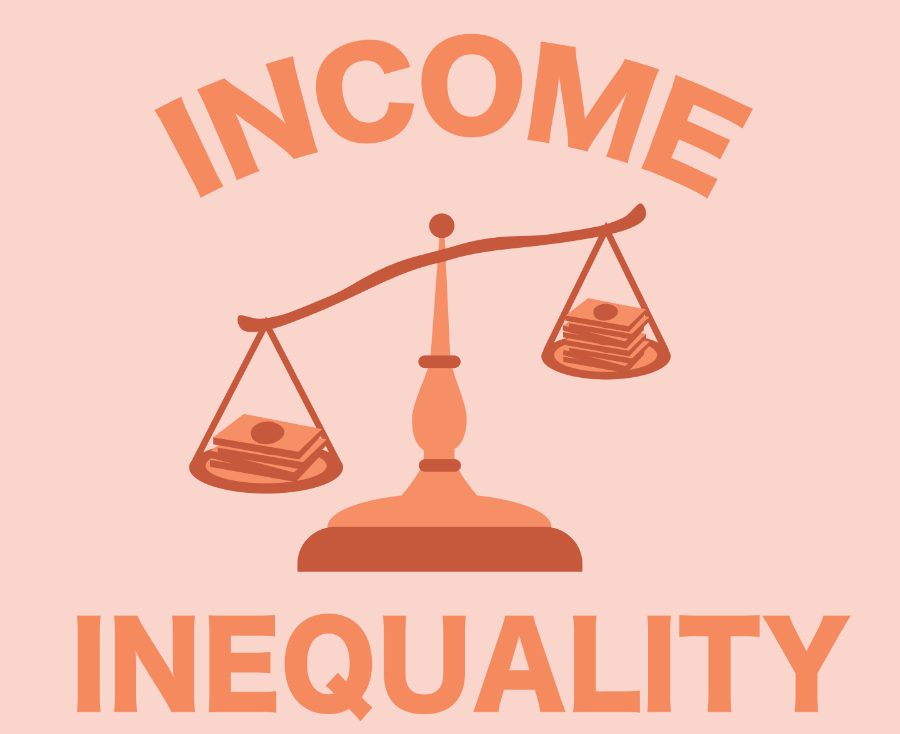Biden’s student debt forgiveness plan combats income inequality
BLOT GRAPHICS BY Z. SABRINA LIDING, CINDY LIN and TIMOTHY WILBURN
President Joe Biden introduces student debt forgiveness plan in hopes to help low income students to not be piled in by student debt.
September 15, 2022
As more occupations require advanced education, earning a college degree is becoming more essential to creating a stable income. With the cost of college rising, the idea of loan forgiveness has an obvious appeal to middle-class and lower-income households.
President Joe Biden announced his student debt forgiveness plan on Wednesday, Aug. 24, according to The New York Times.
The plan is restricted to individuals making less than $125,000, or households making less than $250,000, and will forgive up to $10,000 in debt. The plan may forgive an additional $10,000 for those that received Pell Grants.
“All of this means people can start to finally crawl out from under that mountain of debt to get on top of their rent and their utilities, to finally think about buying a home or starting a family or starting a business,” Biden said in remarks from the White House.
The debt forgiveness plan will help lower- income students who also face challenges with the process of applying to college due to differences in education accessibility.
According to CNBC, students living in wealthy school districts attend better-funded schools that give them advantages in the college application and standardized test- taking processes. These students have access to tutors and SAT preparation classes, therefore offering them more college opportunities.
High-income students are also able to afford the yearly tuition of college, whereas countless low-income students are forced to drop out, leaving them with debt and no degree.
“The burden is so heavy that even if you graduate, you may not have access to the middle-class life that the college degree once provided,” Biden said. The New York Times reports that Biden is enacting the plan through executive action due to a lack of support by Congress, which leaves room for legal challenges. Republicans are currently working on a legal strategy to overturn Biden’s plan, according to CNN.
Democratic candidates have had mixed reactions about the plan, as Senator Raphael Warnock of Georgia called for even more debt relief. In contrast, Senator Catherine Cortez Masto of Nevada said, “We should be focusing on passing my legislation to expand Pell grants for lower-income students, target loan forgiveness to those in need and actually make college more affordable for working families.”
The opposition to Biden’s plan on both sides of the political spectrum sparks uncertainty about how much it will help lower-income households and whether or not the plan will be officially implemented.
“Some think it’s too much,” Biden said. “Some think it’s too little. But I believe my plan is responsible and fair. It focuses the benefit on middle-class and working families, it helps both current and future borrowers, and it will fix a badly broken system.





